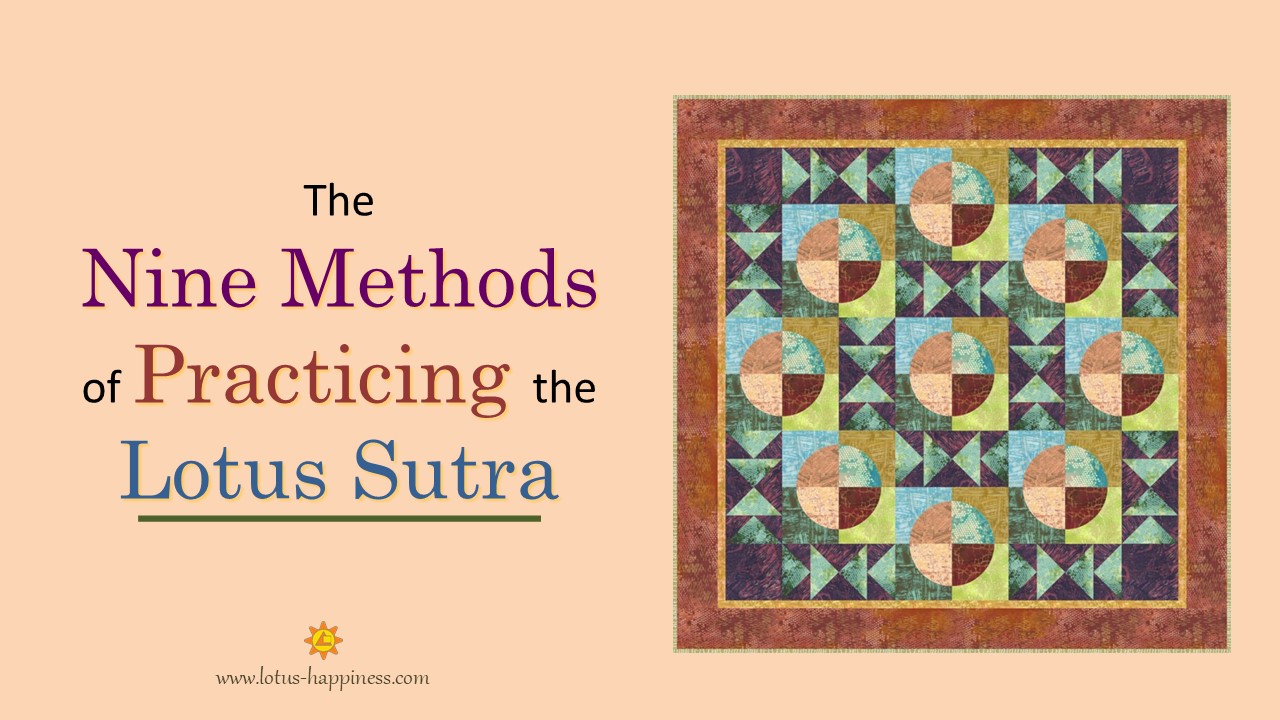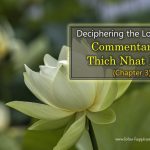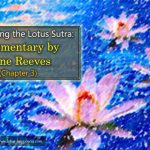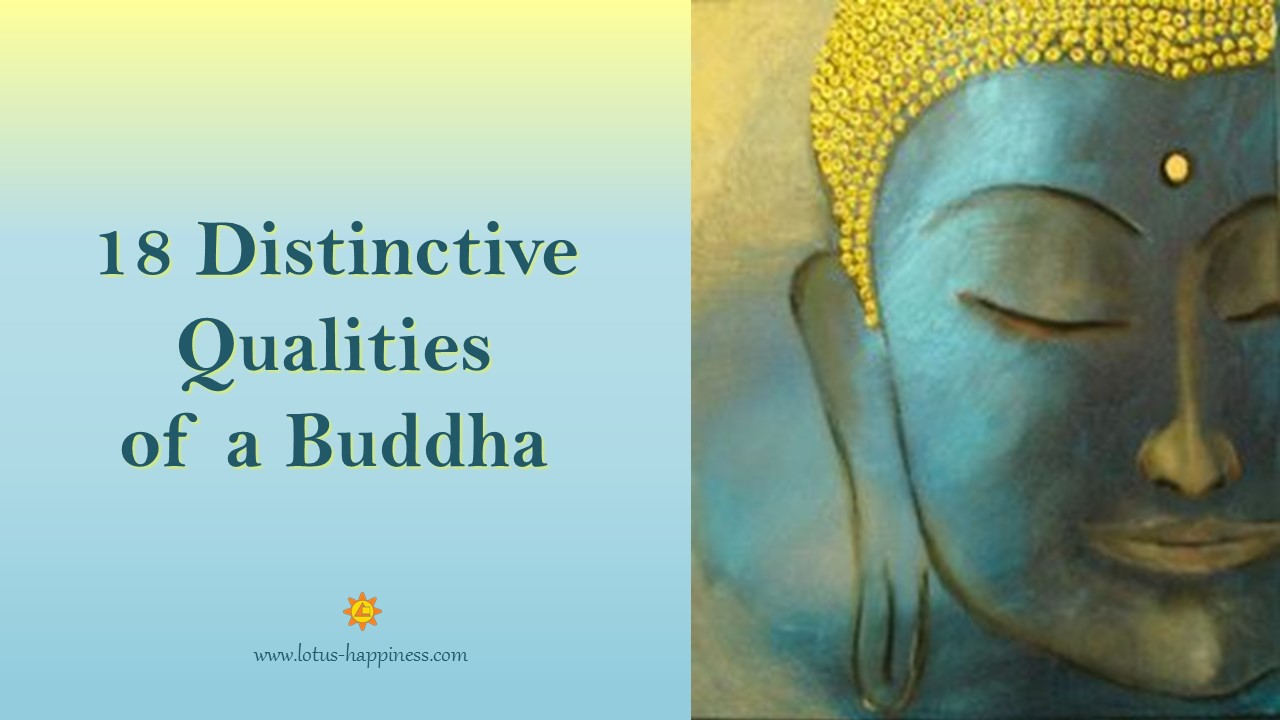The Nine Methods of Practicing the Lotus Sutra
“….In essence, I have revealed and expounded all the teachings of Tathagata, all the effortless divine powers of Tathagata, all the Secret Treasuries of Tathagata, and all the profound historical events of Tathagatas in the Lotus Sutra. Therefore, after the parinirvana of Tathagata, all of you shall accept, embrace, read, recite, explain, preach, copy, transcribe, and practice as it teaches with a focused mind!” (Lotus Sutra 21: 1.8)
If you think that practicing the Lotus Sutra means just chanting the daimoku, reciting portion of the Lotus Sutra, and doing kosen-rufu (sharing Buddhism), think again.
In fact, Shakyamuni Buddha has specifically prescribed the Complete Nine Methods of Practicing the Lotus Sutra many chapters, eg. Chapter 20, 21, 28
Typically, Buddhist leaders who are actively propagating the Lotus Sutra have more opportunities to fully complete the Nine Methods as they literally live and breathe the Lotus Sutra in their daily lives.
Nevertheless, if you are a true-blue practitioner of the Lotus Sutra who is absolutely focused in goal of attaining Buddhahood, then you can consciously choose to perform the complete Nine Methods as listed below.
Now let get down to the nuts and bolts of the Nine Methods:
Method #1 – Accept the Law of Buddhahood in the Lotus Sutra (受)
Accept means receiving the Buddha-Dharma wholeheartedly. It means embracing the Dharma with openness. It means saying “yes” to the Dharma with an open-mind and an open-heart. It means welcoming the Dharma with an open arm. This shows that we regard favourably and with approval to give validation to the teachings.
Method #2 – Commit the Practice anchored upon the Lotus Sutra (持)
Embrace means holding it closely without giving up easily. It is an indication of the strength of acceptance in the Buddha’s teachings. This strength is expressed in the tenacity, resilience, and perseverance in the long-term practice of the Lotus Sutra. With inner fortitude, the practice of Buddhism is sustainable and rewarding.
Method #3 – Read the Lotus Sutra (读)
The purpose of reading and reciting the Lotus Sutra is to connect one’s defiled mind with the enlightened mind of the Buddha. When we are reading the Lotus Sutra, we are literally receiving the teaching from Shakyamuni Buddha directly. We have actually transcended the limitation of time and space to be one with the Buddha’s mind. Apart from accruing benevolent merits, we are awakening and illuminating our inner Buddha-nature within.
Method #4 – Recite / Chant the Lotus Sutra (诵)
Recite means “to repeat aloud from memory, intone or chant.” The practice of Buddhism especially from the Eastern Mahayana traditions in China, Korea, and Japan entails chanting or reciting the various Mahayana sutras.
Nichiren Buddhism teaches chanting the mantra/daimoku of Nam/Namu Myoho Renge Kyo as the essential practice of the Lotus Sutra. Apart from chanting the daimoku, Nichiren Buddhists also recite portion of Chapter 2 and 16 of the Lotus Sutra.
Method #5 – Understand the Law of Buddhahood as taught in the Lotus Sutra (解)
There are many ways to equip ourselves with the knowledge about Buddhism in general or the Lotus Sutra in particular. We can acquire the knowledge and understanding through reading books written by Buddhist masters, leaders, or experienced Buddhist practitioners. Another alternative to learn Buddhism is to attend Dharma talks or lectures. Sometimes, by associating with Buddhist friends in the community of Sangha can also help us to arm with the necessary knowledge in Dharma.
Method #6 – Explain to Others (说)
Once we have some understanding in Buddhism and the Lotus Sutra, we can share our knowledge with our family and friends. It is thus exceedingly crucial to study and learn about Buddhism and the Lotus Sutra. Not only does learning help us to grow in our faith, it empowers us to explain the Buddha’s teachings confidently.
Doing the work of the Buddha means joyously sharing Buddhism with family and friends so that all of them could benefit from the practice of the Dharma. All practitioners of the Lotus Sutra are the emissaries of the Buddha endowed with the task of widely propagating the Law of Buddhahood in this Latter Day of the Law (i.e. Dharma declining age).
Method #7 – Copy the Lotus Sutra (书)
Copy means to transcribe the Lotus Sutra words by words. Some examples of copying the Lotus Sutra include:
- Doing a translation of the Lotus Sutra is a form of transcribing the words from language to another.
- Copying the words of the Lotus Sutra by means of calligraphy
Method #8 – Write about the Lotus Sutra (写)
Writing about the Lotus Sutra means any creating any written works related to the Lotus Sutra, some examples include:
- commentaries (eg. Three major works by Master Zhiyi),
- letters to encourage disciples in the practice of the Lotus Sutra (eg. Writings of Nichiren Daishonin)
- autobiography of the experience of kosen-rufu (eg. Human Revolution series by Daisaku Ikeda)
- any published works/articles/thesis/books related to the Lotus Sutra,
- blogging about the Lotus Sutra etc.
Method #9 – Having the Right Mindfulness (正忆念)
“O Universal Worthy! If there are people who are able to accept, embrace, read, and recite the Lotus Sutra, memorize it correctly, and practice the sutra as it is taught, you should know that these people have already seen Shakyamuni Buddha. It is as though they have heard the Lotus Sutra directly from the mouth of Shakyamuni Buddha. You should know that these people have given offerings to Shakyamuni Buddha. You should know that these people have been praised ‘Excellent!’ by Shakyamuni Buddha. You should know that these people have been patted on the head by Shakyamuni Buddha. You should know that these people have been covered in the robes of Shakyamuni Buddha. (LS 28: 2.2)
Having the right mindfulness means anchoring the mind at the present moment when one is reading, memorizing the words, visualizing the images, or performing Samadhi meditation upon the Lotus Sutra.
Therefore, practitioners who are fully present in the essence of the Lotus Sutra’s teachings will be able to cite quotes in the Lotus Sutra, visualize vividly images as expounded in the Lotus Sutra, and having single-pointed concentration while performing chanting or meditation.












